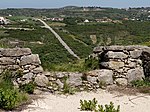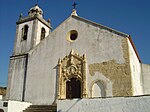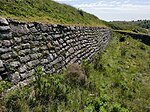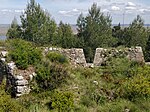Fort of Cego
Forts in PortugalLines of Torres Vedras
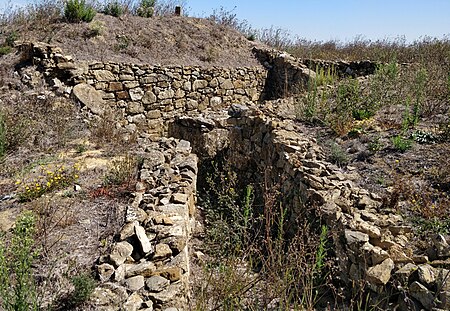
The Fort of Cego is located in the municipality of Arruda dos Vinhos, in the Lisbon District of Portugal. It is also known as the Fort of Saint Sebastian (Portuguese: Forte de S. Sebastião). The fort was built in 1809-10 as part of the first of the three Lines of Torres Vedras, which were defensive lines to protect the Portuguese capital Lisbon from invasion by the French during the Peninsular War (1807–14) or, in the event of defeat, to safely embark a retreating British Army.
Excerpt from the Wikipedia article Fort of Cego (License: CC BY-SA 3.0, Authors, Images).Fort of Cego
Trilho Casal do Paio, Alhandra, São João dos Montes e Calhandriz
Geographical coordinates (GPS) Address External links Nearby Places Show on map
Geographical coordinates (GPS)
| Latitude | Longitude |
|---|---|
| N 38.969166666667 ° | E -9.0858333333333 ° |
Address
Forte do Cego (Forte de São Sebastião)
Trilho Casal do Paio
2630-360 Alhandra, São João dos Montes e Calhandriz
Portugal
Open on Google Maps
